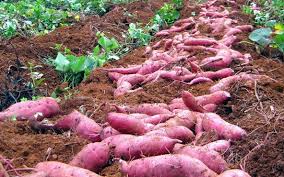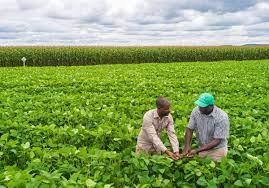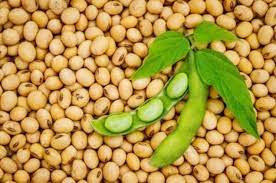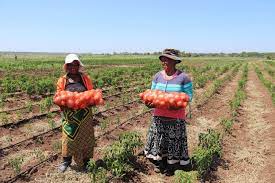How to Grow Guavas Successfully now


Although guavas are found throughout the country, the growing regions are in the Western Cape and Mpumalanga. The “Fan Retief” cultivar, created in the Western Cape, currently accounts for 90% of the commercial plantings.
Various Cultivars
* Fan Retief – the fruit is pink inside.
* White guava – the fruit is white inside.
* Cherry or Chinese guava – this variety grows into a small bush.
Guavas are eaten as a fresh fruit, dried fruit, are canned, or processed into pulp and concentrate, or even juiced.
Cultivation
The guava is successfully cultivated in a wide range of growing conditions. It is fairly well adjusted to different rainfall while soil pH ranging from 4.5 to 8.2 is proper for desirable plant performance. While guava trees tolerate poor soils, fruit production is substantially enhanced when grown in rich soils under proper management. As a general rule, guavas require very little attention. Nevertheless, guava trees can be grown as cordons on wire fence. Trees can be planted from 2.5 to 8m in any combination of rows and tree spacing.
Pruning & Fruit Thinning
Regular pruning of bearing guava trees are essential. Most guava trees, whether propagated from seed or grafts, produce an abundance of suckers which should be removed from trunk up to 50cm above ground. A framework of four branches representing four quarters of the tree should be established. The crotch angles between the branches and the main stem should be wide enough to facilitate adequate light penetration and provide physical strength to support fruit load at maturity.
Harvesting & Storage
Immature guavas do not ripen off the trees; fruits may soften, but never develop abundant color, and typical flavor associated with good eating enjoyment. Over-ripe fruits drop. There are no visible physical appearances or chemical indices of fruits that consistently reflect the appropriate stage of fruit maturity for harvest. Fruit harvesting should be carried out when the fruit is fully developed, matured, and began to show signs of color change from green to yellowish. Guava fruits should be packed in the natural posture (with the pedicel end of the fruit kept upward) in order to retain better quality for longer periods of time.
A clever marketing campaign for guavas has helped remind consumers about the health benefits of this unpretentious fruit, and opened new opportunities for farmers by reviving the demand for fresh guavas in supermarkets.
TO ENABLE YOU TO START AND RUN A SUCCESSFUL AND PROFITABLE GUAVA FARMING OPERATION YOU WILL NEED A PROFESSIONAL FARMING BUSINESS PLAN AND PROPER ASSISTANCE. CONTACT US TODAY IF YOU NEED HELP AT: (27)84 583 3143 or email: money@global.co.za

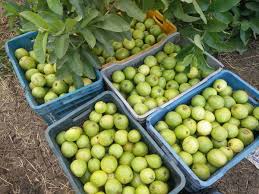
How to Grow Guavas Successfully now Read More »



